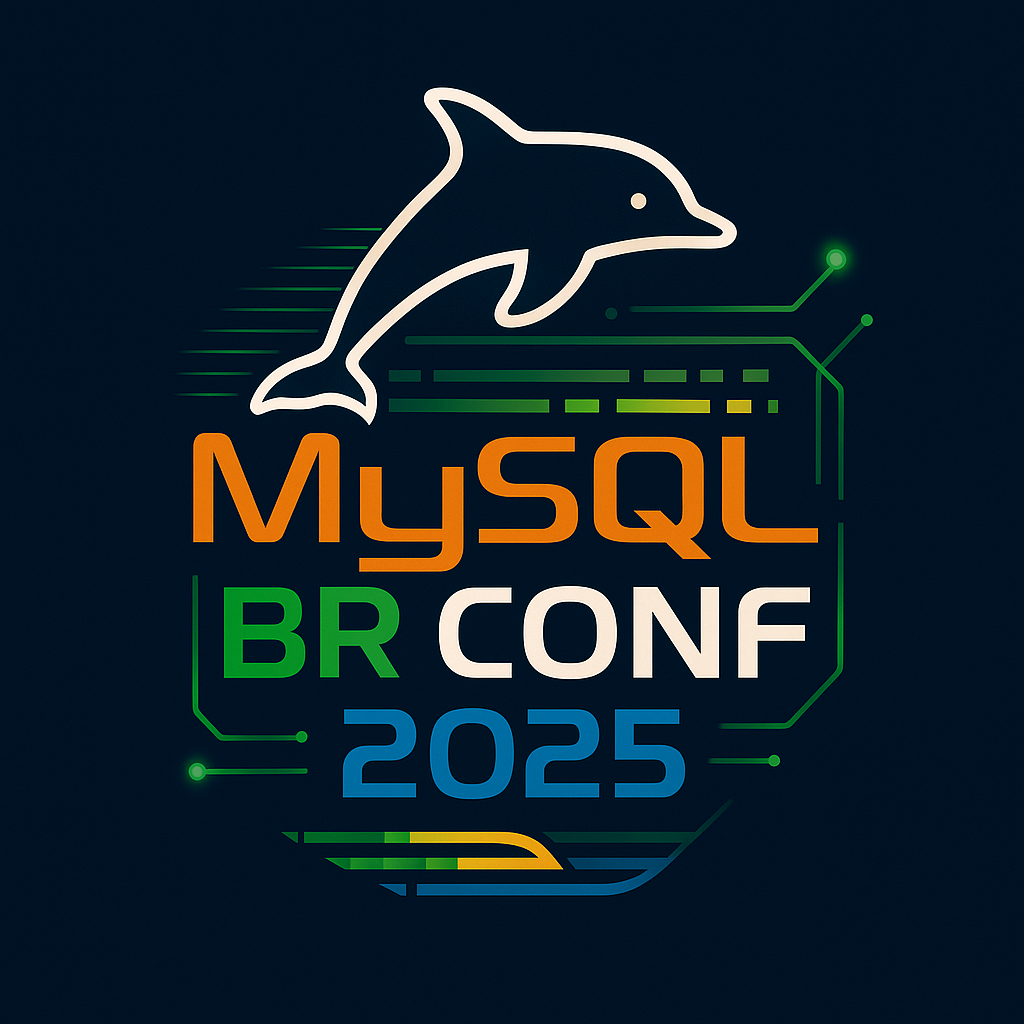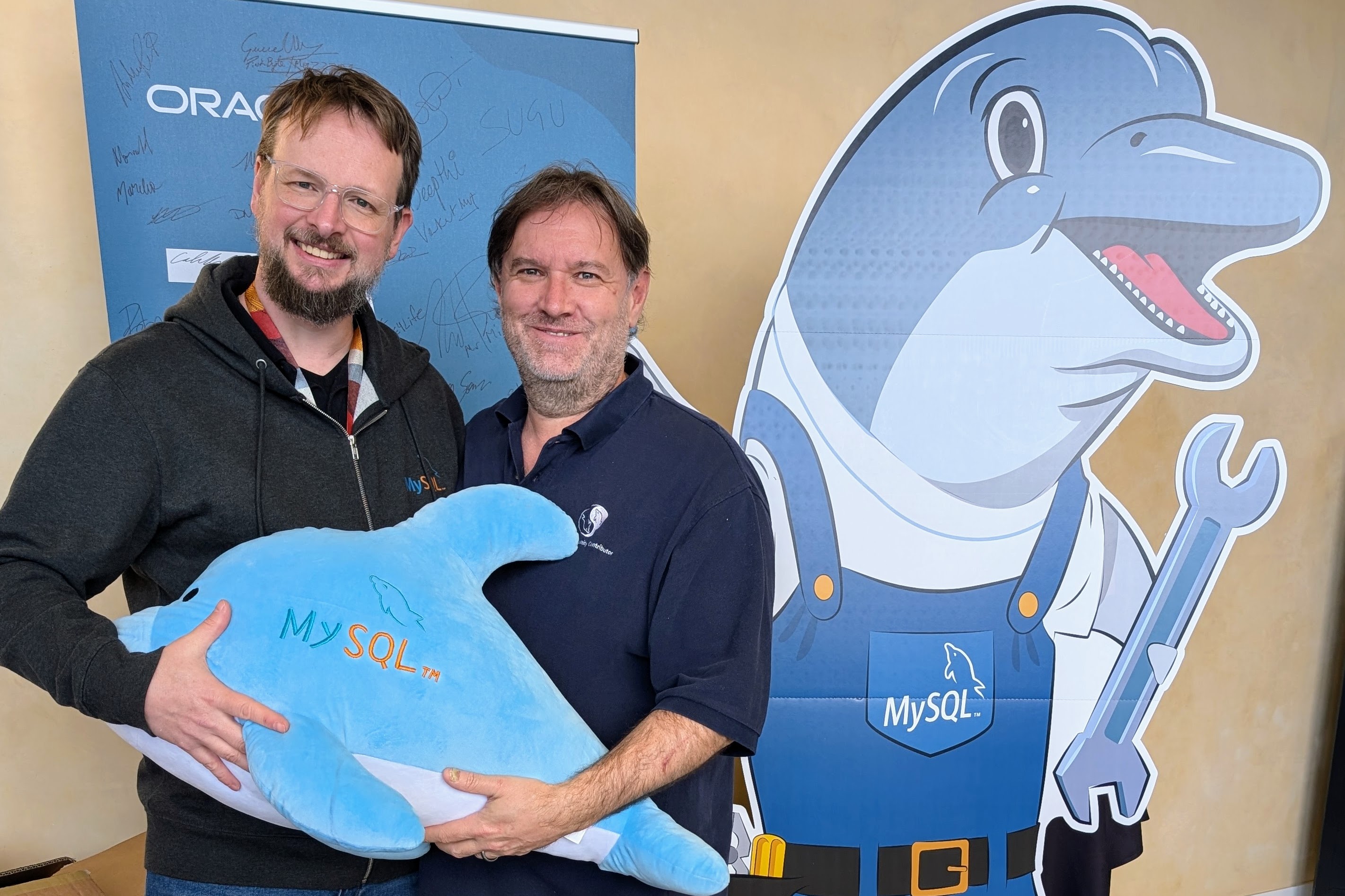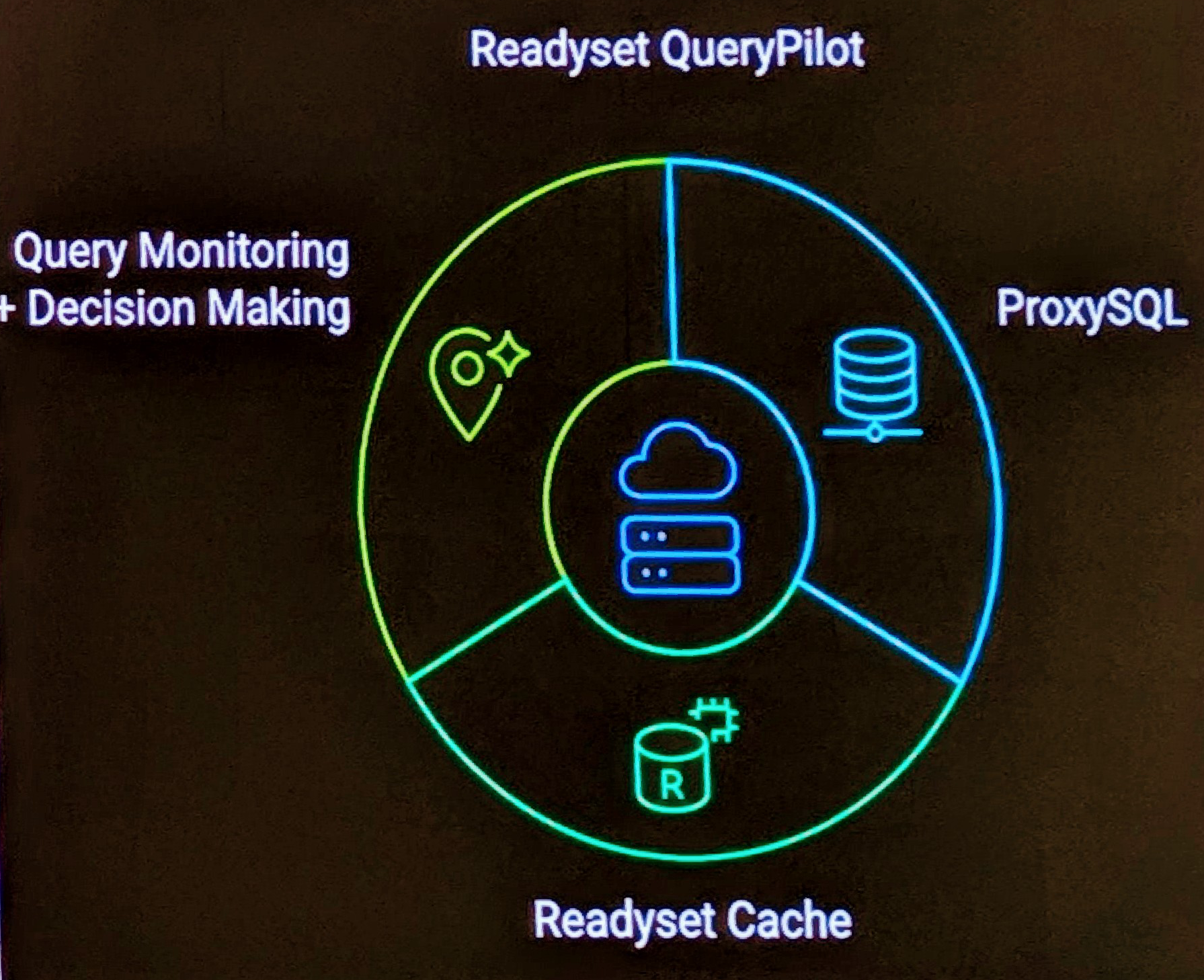Have a look at InnoDB. Well, ok your lazy, so here’s a screen print below.
Plastered thoughout the top section is the word MySQL
. It’s in the core banner blurb, there’s a logo, and even links to the MySQL Documentation. And right in the middle of all this is “Innobase OY is an Oracle Company”, with the standard Oracle Logo.
So my question would be, is this a good thing or a bad thing from a MySQL advertising perspective?
Does it help or hinder MySQL?
Does it show Oracle as being in partnership with MySQL? Is this good for MySQL to increase it’s exposure into the Oracle world?
Does inclusion of InnoDB now within Oracle traffic and links improve exposure to MySQL within search engines?
Frankly, I’m a little surprised that Oracle Legal hasn’t got onto this, I’m sure somewhere there would be a decree, that no competitor logos should be shown with the official Oracle logo.
I’d suspect that the existing MySQL community know the deal re Oracle, so perhaps this will expose more Oracle specific people to MySQL!



